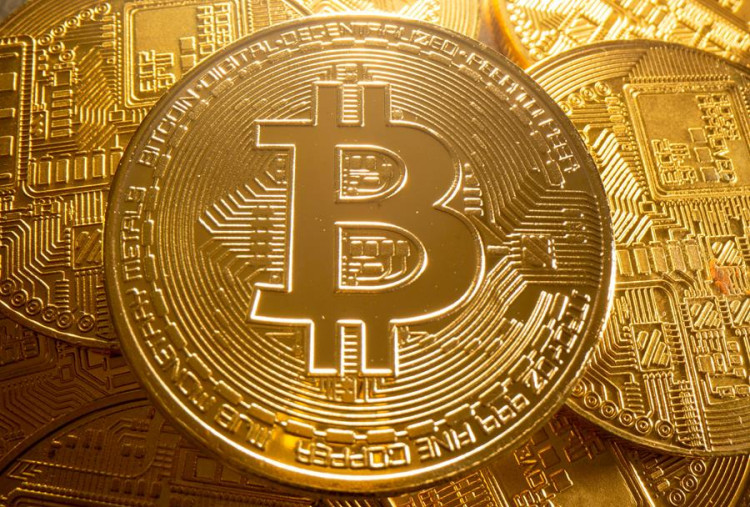FTX has secured approval for its bankruptcy reorganization plan, positioning itself to repay billions of dollars to its creditors, potentially turning the once-disastrous collapse of the crypto exchange into a significant financial recovery. On Monday, Delaware bankruptcy Judge John Dorsey approved the plan, allowing the company to distribute between $14.7 billion and $16.5 billion in assets to FTX's creditors, marking one of the most extensive asset recoveries in bankruptcy history.
John Ray, who took over as CEO of FTX after its dramatic downfall in 2022, expressed confidence in the company's ability to repay almost all its creditors fully. "We are poised to return 100% of bankruptcy claim amounts plus interest for non-governmental creditors through what will be the largest and most complex bankruptcy estate asset distribution in history," Ray said in a statement. The reorganization plan sets a new standard in bankruptcy proceedings, focusing on meticulous asset recovery and prioritizing customer restitution.
FTX's fall from grace began when news broke that founder Sam Bankman-Fried had misappropriated customer funds to cover risky bets made by his hedge fund, Alameda Research. The once-celebrated crypto mogul was later convicted on multiple counts of fraud and theft, receiving a 25-year prison sentence. Despite the scandal, FTX's recovery strategy has been praised for its effectiveness in marshaling billions of dollars in cash and crypto assets, some of which were raised by selling investments like its stake in artificial intelligence startup Anthropic.
Under the approved plan, 98% of FTX's creditors are set to receive 119% of the value of their claims as of November 2022, when the exchange filed for bankruptcy. This means that nearly all customers who held $50,000 or less in their FTX accounts will be fully compensated, plus interest, within 60 days of the plan's effective date. The remaining creditors, including some larger institutional investors, are also expected to see substantial recoveries, a rare outcome in such large-scale bankruptcies.
Despite the optimism surrounding the payouts, not all customers are satisfied. David Adler, an attorney representing a group of creditors, argued that the repayment does not account for the significant increase in cryptocurrency values since FTX's collapse. "The price of bitcoin, for example, has surged from around $16,000 at the time of FTX's bankruptcy to over $63,000 today," Adler said. Many creditors feel that the repayment plan should reflect these gains, as they believe the rise in crypto values should factor into their compensation.
The crux of the issue lies in FTX's inability to return the exact crypto assets customers initially deposited. At the time of its bankruptcy filing, FTX held a mere 0.1% of the bitcoin its customers believed they had in their accounts, the result of the extensive mismanagement under Bankman-Fried. "It would be exorbitantly expensive to purchase billions of crypto assets on the open market to repay customers with the same types of cryptocurrency they held," testified Steve Coverick, one of FTX's financial advisers, during the court hearing.
The bankruptcy case has also seen settlements with various stakeholders, including U.S. government agencies like the Commodity Futures Trading Commission (CFTC) and the Internal Revenue Service (IRS), who have agreed to let FTX prioritize customer repayments over fines and tax obligations. Additionally, a legal standoff with the liquidator in the Bahamas was resolved, allowing for a coordinated approach to managing FTX's assets internationally.
FTX's restructuring efforts have been recognized as a model for handling complex bankruptcy cases. Judge Dorsey acknowledged the success of FTX's wind-down plan, calling it "a model case for how to deal with a very complex Chapter 11 bankruptcy proceeding." He highlighted the collaborative settlements as a crucial element that enabled the crypto exchange to focus on customer restitution first.
Despite the legal progress, FTX's shareholders are also eyeing potential recoveries. According to court documents, they could receive up to $230 million from funds that were seized during the criminal prosecution of Bankman-Fried. Although shareholders typically do not see returns in bankruptcy cases, the unique circumstances of FTX's financial recovery might yield unexpected gains for them.
Looking ahead, FTX has announced that it will soon make a formal statement detailing the timeline for the start of these distributions to creditors. The company's ability to recover and distribute such a vast amount of assets not only brings hope to its creditors but also sets a precedent for other financial firms grappling with the fallout from mismanagement or fraud.






